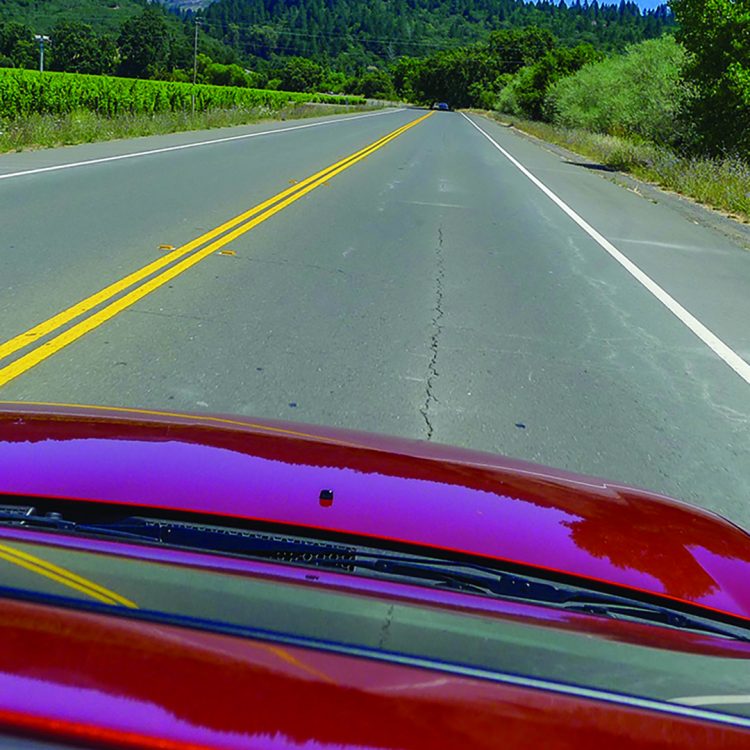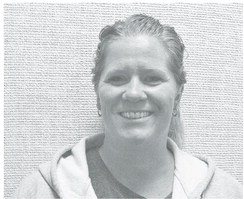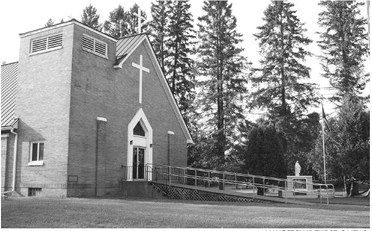Do you have concerns on future resurfacing project?


The Wisconsin Department of Transportation (DOT) is seeking public input, on a proposed resurfacing project on State Hwy. 27 from State Hwy. 29 in Cadott, to Johnson Road in Cornell, all in Chippewa County. The public is encouraged to visit the project website, review project details and use the comment form, to share their input.
To address deteriorated pavement, the WisDOT is proposing to do the following work:
• Remove two inches of the existing pavement, then overlay the road surface with two inches of new asphaltic pavement.
• Widen the paved shoulders from three feet to six feet, from 80th Avenue/North Road in Cadott, to 350 feet south of Johnson Road, in Cornell.
• Add centerline rumble strips.
• Replace the approaches and wing parapets on the west side of the Yellow River Bridge in Cadott.
• Replace the pedestrian underpass in Cadott, along with curb, gutter and sidewalk at spot locations.
• Extend the box culvert north of 135th Avenue in the Town of Arthur, near the Bohemian Hall, replace the structure’s west wing wall, remove guardrail from the west side of the road and replace guardrail on the east side. The proposed work won’t affect use of the historic property.
• Brush the ends, clean, repair or replace culverts in the project limits.
• Upgrade pedestrian curb ramps on sidewalks.
• Replace guardrail.
• Place new pavement markings. Temporary and permanent right-of-way acquisition will be needed, to complete work throughout the project limits, including at the Bohemian Hall.
During construction, State Hwy. 27 will be closed for replacement of the pedestrian underpass, and traffic will be detoured, via State Hwy. 29 and State Hwy. 178. Remaining work will be completed, with lane and shoulder closures.
Comments about the project are accepted through Thursday, Sept. 25, by emailing jeffrey.olson@dot.wi.gov, or by mail, to: Wisconsin Department of Transportation, Attn.: Jeff Olson, 1701 N. 4th St., Superior, WI 54880.
Construction currently is scheduled for 2028, but work could be advanced to 2027, if funding becomes available.



